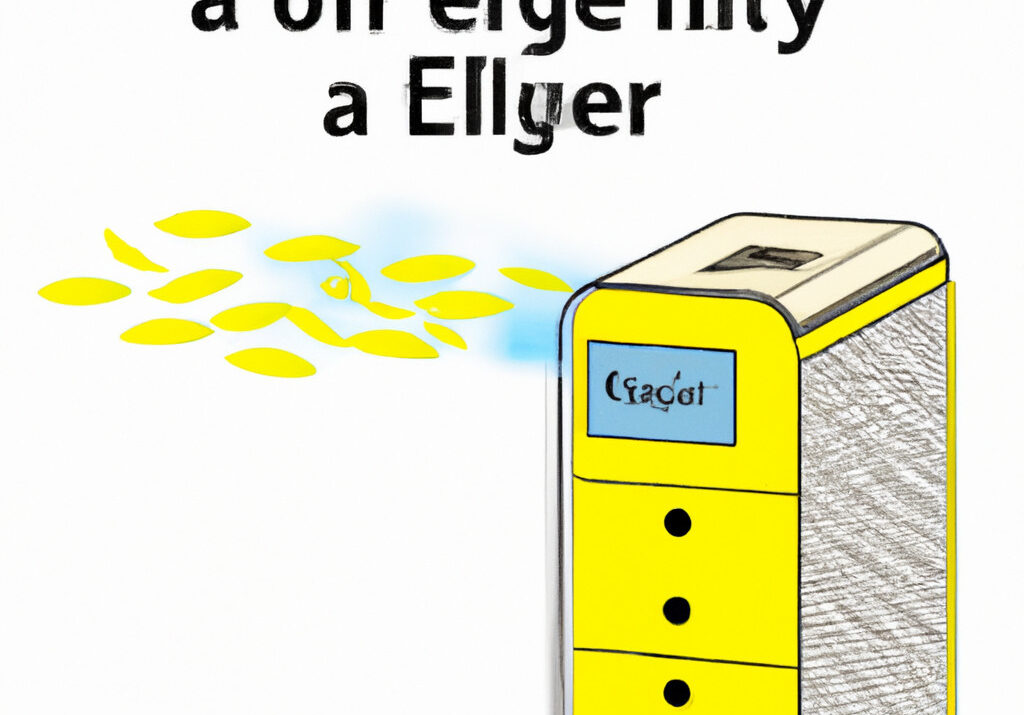
Introduction
The air quality in Delhi, the capital city of India, has been a subject of global concern over the past few years. The city’s air pollution levels have consistently ranked among the highest in the world, contributing to a host of health issues in its population, including allergies and respiratory problems (World Health Organization, 2018). This article discusses the significant role of air purifiers in mitigating the effects of allergies caused by Delhi’s polluted air. This topic warrants discussion for three primary reasons: firstly, to highlight the severity of Delhi’s air pollution; secondly, to understand the connection between air pollution and allergies; and lastly, to assess the effectiveness of air purifiers in alleviating allergy symptoms.
Delhi’s Air Pollution Crisis
Delhi’s air pollution problem is primarily attributed to vehicular emissions, industrial activities, and crop burning in neighboring regions (Central Pollution Control Board, India, 2019). The city’s rapid urbanization and population growth have further exacerbated the issue, leading to a spike in particulate matter (PM) levels. PM is a key air pollutant, and its high concentration in Delhi’s air poses severe health risks, including allergies and respiratory issues (CPCB).
• Delhi’s air pollution problem is primarily due to vehicular emissions, industrial activities, and crop burning.
• Rapid urbanization and population growth have exacerbated the issue, leading to a spike in particulate matter levels.
Air Pollution and Allergies
Prolonged exposure to air pollutants, particularly PM, can lead to various health complications. PM, with its minute size, can penetrate deep into the respiratory tract, causing inflammation and triggering allergic reactions. Research indicates a strong correlation between air pollution and the prevalence of allergies (NCBI).
• Prolonged exposure to air pollutants, particularly PM, can lead to various health complications, including allergies.
• Research indicates a strong correlation between air pollution and the prevalence of allergies.
Role of Air Purifiers
Air purifiers can play a significant role in mitigating the effects of allergies caused by air pollution. These devices work by filtering out airborne contaminants, including PM, thereby improving indoor air quality. Several studies have affirmed the effectiveness of air purifiers in reducing allergy symptoms (NCBI).
• Air purifiers work by filtering out airborne contaminants, thereby improving indoor air quality.
• Several studies have affirmed the effectiveness of air purifiers in reducing allergy symptoms.
Choosing the Right Air Purifier
While air purifiers can be beneficial, it’s crucial to choose a device that suits one’s specific needs. Factors to consider include the device’s filtration efficiency, room size compatibility, and noise levels. Additionally, one should ensure the purifier is capable of filtering out PM, the primary pollutant in Delhi’s air (EPA).
• It’s crucial to choose an air purifier that suits one’s specific needs, considering factors like filtration efficiency, room size compatibility, and noise levels.
• The purifier should be capable of filtering out PM, the primary pollutant in Delhi’s air.
Conclusion
In conclusion, Delhi’s air quality crisis has led to a rise in allergies among its population. Air purifiers serve as a possible solution, offering a way to improve indoor air quality and alleviate allergy symptoms. However, while these devices can aid in reducing exposure to pollutants, they are not a substitute for broader measures to combat air pollution.
• Air purifiers can improve indoor air quality and alleviate allergy symptoms but are not a substitute for broader measures to combat air pollution.
• Efforts must be made to address the root causes of Delhi’s air pollution crisis.






